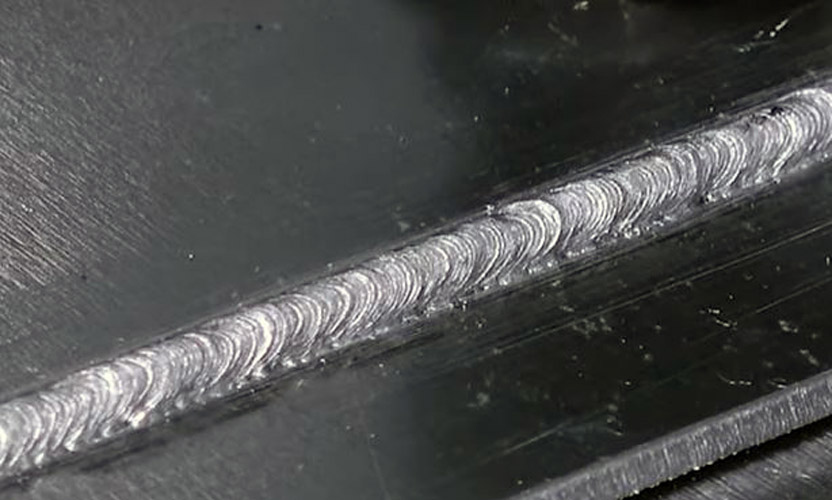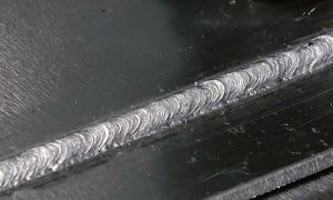Autogenous laser welding (ALW) is a process that uses a laser to weld metals together. This process is different than traditional welding because the laser does not heat the metal. This means that the weld is stronger and less likely to break. ALW is also faster than traditional welding, which can save you time and money. In this article we will discus all everything autogenous welding.

What is autogenous laser welding?
Autogenous laser welding is a welding process in which two pieces of metal are joined together without the use of any filler material. The laser beam melts the metal at the joint, and the heat generated by the laser fusion process creates a weld pool. The weld pool solidifies as the laser beam is moved along the joint, creating a strong and durable weld. Laser welding is a versatile welding process that can be used to join a variety of metals, including aluminum, stainless steel, and carbon steel.
The process is frequently used in the aerospace and automotive industries, as well as in the medical and electronics industries. ALW can be used to weld thin sheets of metal, as well as thicker plates.
Advantage of autogenous laser welding
The main advantages of autogenous laser welding are its high speed and efficiency. The process is much faster than traditional welding methods, such as arc welding. In addition, laser welding can be performed in a wide range of environments, including in-plant, on-site, and in the field. The process is also highly automated, which reduces the need for operator intervention.
Disadvantage of autogenous laser welding
The main disadvantage of autogenous laser welding is its high cost. The laser equipment required for the process is expensive, and the process itself is complex and requires special training. In addition, autogenous welding is not suitable for all applications. The process is not well suited for welding metals with high melting points, such as titanium.
How does autogenous laser weld work?
Laser welding is a type of welding that uses a laser to heat the material to be joined. The heat from the laser melts the materials, and they are then joined together. Laser welding is a very precise type of welding, and it can be used to join thin sheets of metal together. Laser welding can be used to join different types of metals together, including aluminum, stainless steel, and titanium. It can also be used to welding dissimilar metals together, such as aluminum to stainless steel. Laser welding is often used in the aerospace industry, as it can create strong welds that can withstand the high temperatures and pressures found in aircraft.
Laser welding can be performed autogenously, which means that the laser beam is passed through the material to be joined without the use of an external filler material. This type of laser welding is often used for joining thin sheets of metal together, as it can create very precise and strong welds.
The benefits of laser welding
Laser welding is a versatile, precise and increasingly popular welding method that offers many benefits over traditional welding methods. One of the main benefit of laser welding is that it is an autogenous process, which means that no filler material is required. This can save a lot of time and money, as there is no need to prepare or purchase filler materials.
How ALW can save you time and money?
If you’re looking for a welding process that can save you time and money, you may want to consider autogenous laser welding. Autogenous laser welding is a very precise and efficient type of welding, and it can save you time and money. The laser beam can be precisely controlled, so that the welds are strong and precise. There is also no need for an external filler material, so the welding process is simpler and faster.
The drawbacks of autogenous welding
Autogenous laser welding has a few drawbacks that should be considered before using this type of welding process. One drawback is that the heat affected zone (HAZ) can be large, making it difficult to control the weld bead. Additionally, the weld pool can be deep and turbulent, making it difficult to get a consistent weld bead. Also, the weld may not have the same strength as a weld made with another type of welding process.
Final Thought
Laser welding is a great way to save time and money on your welding projects. By using a laser welder you can weld two pieces of metal together without having to use any filler material. This can save you a lot of time and money in the long run.
